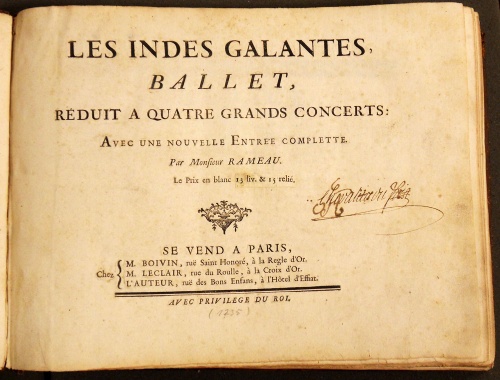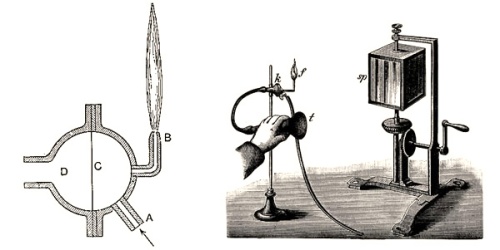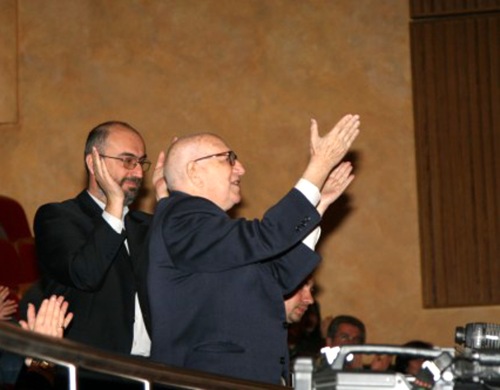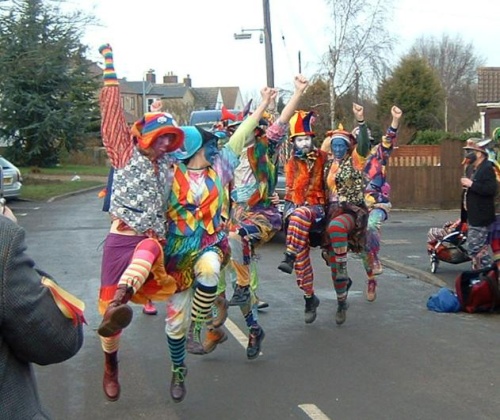In January 1900 Rahmaninov and the bass Fëdor Ivanovič Šalâpin were invited to perform for a gathering at Tolstoj’s home; they were both 26 years old. Their excitement was tempered with no little trepidation about meeting the revered author, but they could not have foreseen what transpired.
Šalâpin recalled that after the performance Tolstoj accosted him and asked “What kind of music is most necessary to men—scholarly or folk music?”
Rahmaninov’s own experience was no less harrowing, as he later described it:
“Suddenly the enthusiastic applause was hushed and everyone went silent. Tolstoj sat in an armchair a little apart from the others, looking gloomy and cross. For the next hour I evaded him entirely, but suddenly he came up to me and declared excitedly: ‘I must speak to you. I must tell you how I dislike it all!’
“And he went on and on: ‘Beethoven is nonsense, Puškin and Lermontov also.’ It was awful….
“After a while Tolstoj came up to me again: ‘Please excuse me. I am an old man. I did not mean to hurt you.’ I replied: ‘How could I be hurt on my own account if I was not hurt on Beethoven’s?’”
This according to Sergei Rachmaninoff: A lifetime in music by Sergei Bertensson, Jay Leyda, and Sof’â Aleksandrovna Satina (Bloomington: Indiana University Press, 2001 [reprint] pp. 88–89; RILM Abstracts of Music Literature 2001-23752).
Today is Rahmaninov’s 150th birthday! Below, Šalâpin sings one of his romances.












